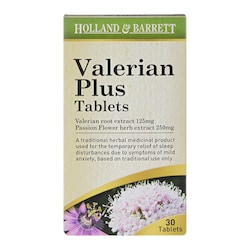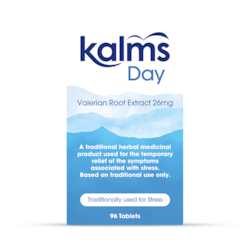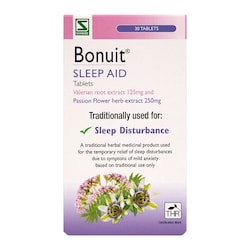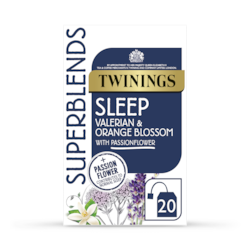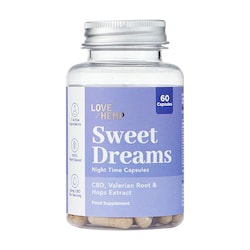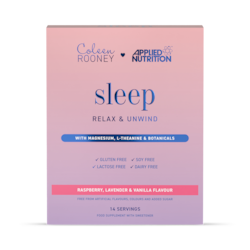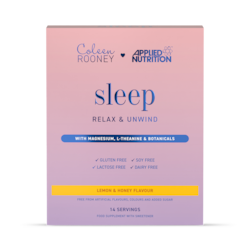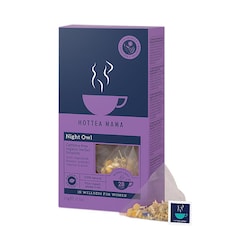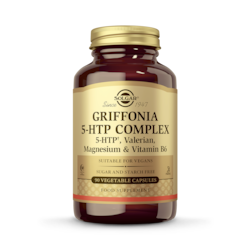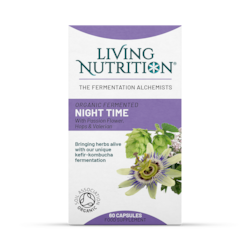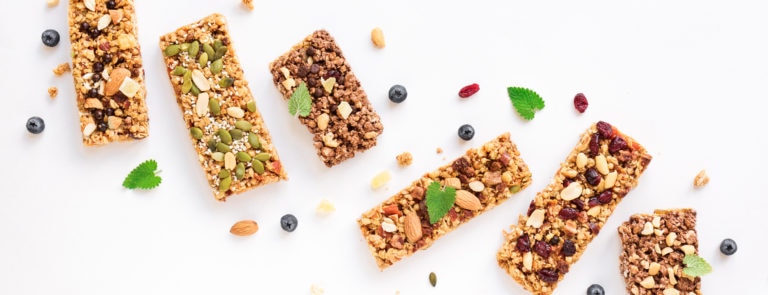20% off £30
Glucomannan: Benefits, dosage, side effects & supplements

Summary
1What is glucomannan/konjac?
Glucomannan, or konjac as it is sometimes known, is a natural, water-soluble fibre derived from the roots of a south-east Asian plant...
2What does glucomannan do in the body?
As with any fibre, glucomannan can help you feel more satisfied after eating, but what makes it interesting to scientists is that glucomannan...
35 benefits of glucomannan
Now you know what glucomannan is, here are the top 5 potential glucomannan benefits...
Find out all about glucomannan, including what it does, the benefits to taking it, side effects and how much you might need.
What is glucomannan/konjac?
Glucomannan, or konjac as it is sometimes known, is a natural, water-soluble fibre derived from the roots of a south-east Asian plant called the elephant yam.1
It has been traditionally used by the Chinese to detoxify and ease symptoms of asthma, and is still used to make noodles and tofu.2
It is often used as a bulking agent in foods, appearing as E425 on food labels.3 It’s also available as capsules and powder, and is added to some diet foods such as pastas and noodles.
What does glucomannan do in the body?
- Glucomannan is a natural fibre sourced from elephant yam roots
- It’s used to bulk up foods and is also a popular ingredient in diet foods like noodles and pasta
- It can absorb 50x its own weight in water in your stomach – which is why it can help you feel fuller for longer
5 benefits of glucomannan
- Create a sensation of fullness that can reduce appetite
- Delay stomach emptying, keeping you feeling fuller for longer
- Break down carbohydrates more slowly, stabilising post-meal blood sugar levels
- Decrease fat absorption
What is the best glucomannan supplement?

- Glucomannan capsules
- Glucomannan tablets
- Glucomannan rice, noodles & pasta
- Glucomannan shots
- Glucomannan meal replacement shakes
- Glucomannan flour & powder
Glucomannan dosage
How much glucomannan is safe to take?
A dose of around 2g to 4g per day has been used safely in studies, but always read the packaging or food label first.15
Take glucomannan 15 minutes to an hour before a meal, and make sure you swallow it with 1-2 glasses of fluid to avoid it expanding before it reaches your stomach, as this could be dangerous.16
Glucomannan has not been proved safe for the following people:
- Pregnant or breastfeeding women
- Children
- If you are diabetic, speak to your doctor before taking glucomannan as it can reduce the absorption of some diabetes medications.17
When to take glucomannan supplements?
It is generally recommended that you take glucomannan around 15-30 minutes before you eat a meal if you are using it to try and manage your weight.
For other reasons, it shouldn’t really matter when you consume it, but try to avoid taking it too close to bedtime.
Side-effects of glucomannan
Generally, glucomannan is well-tolerated. Mild side-effects can include:18
- Bloating
- Flatulence
- Soft stools
- Diarrhoea
This is because glucomannan predominantly impacts our gut – and while it may help relieve constipation, it could also swing the other way and cause us to feel these other symptoms.
Just take it slowly with glucomannan and see how your body reacts before taking it regularly.
Is glucomannan safe?
Glucomannan is considered generally safe for adults, but you should always check with your GP if you have any health conditions before taking it – especially if you are diabetic.
Why is glucomannan banned in Australia?
Australia and the European Union banned konjac jellies as it may pose a choking risk, especially in children. This is because it does not dissolve easily and absorbs a lot of water – which is why it is important to chew konjac jelly thoroughly before swallowing.

The final say
- Glucomannan is a natural ingredient with a lot of potential health benefits, from maintaining your weight to supporting your gut microbiome
- It is generally safe to use by adults, with only mild reported side effects, but please listen to your body as we will all react differently to it
- https://www.ncbi.nlm.nih.gov/pubmed/16320857
- https://www.sciencedirect.com/science/article/pii/S0378874110000383
- https://www.ncbi.nlm.nih.gov/pmc/articles/PMC3892933
- https://www.researchgate.net/publication/317995451/
- https://www.researchgate.net/publication/317995451/
- https://onlinelibrary.wiley.com/doi/pdf/10.1111/j.1467-3010.2007.00603.x
- https://www.ncbi.nlm.nih.gov/pubmed/15614200
- https://www.researchgate.net/publication/317995451/
- https://www.sciencedirect.com/science/article/pii/S175646461000040X?via%3Dihub
- https://www.ncbi.nlm.nih.gov/pubmed/17027233
- https://academic.oup.com/ajcn/article/88/4/1167/4650004
- https://pubmed.ncbi.nlm.nih.gov/14993586/
- https://www.ncbi.nlm.nih.gov/pmc/articles/PMC6259526/
- http://article.sapub.org/10.5923.j.ajdv.20130202.02.html
- https://www.ncbi.nlm.nih.gov/pubmed/16320857
- https://www.healthline.com/nutrition/glucomannan
- https://www.healthline.com/nutrition/glucomannan
- https://www.ncbi.nlm.nih.gov/pmc/articles/PMC6259526/


